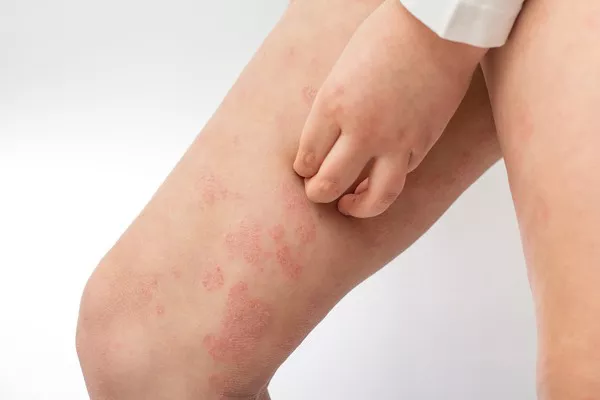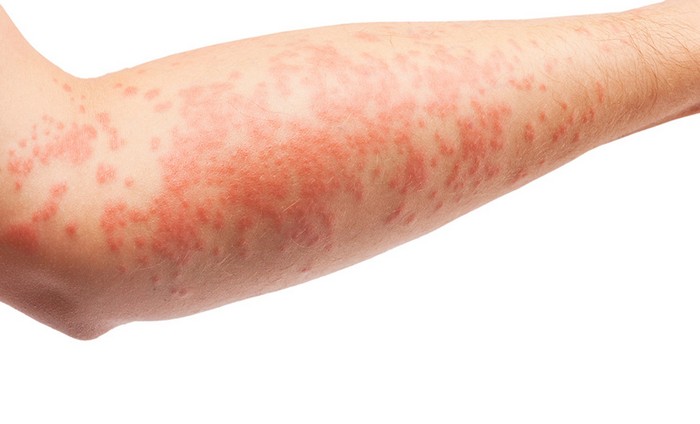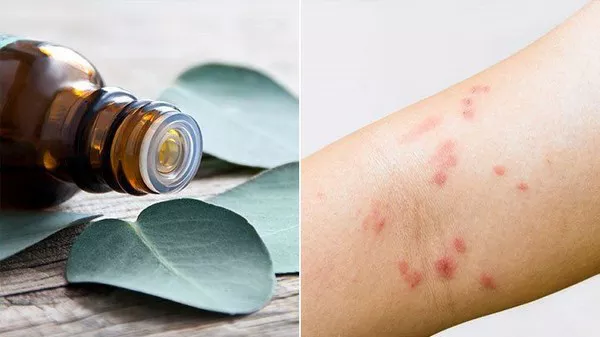Stasis dermatitis, also known as venous stasis dermatitis, is a chronic skin condition resulting from poor blood circulation, typically in the lower legs. This condition is often associated with chronic venous insufficiency, where blood pools in the veins of the legs and causes a range of symptoms, including swelling, skin changes, and ulceration. This article provides an in-depth look at the causes, symptoms, and various treatment options available to effectively manage and potentially cure stasis dermatitis.
Understanding Stasis Dermatitis
What Causes Stasis Dermatitis?
Stasis dermatitis occurs when the veins in the lower legs cannot return blood efficiently to the heart. This inefficiency is often due to weakened or damaged vein valves, which leads to blood pooling in the legs, increasing pressure in the veins, and causing fluid to leak into the surrounding tissues. Several factors can contribute to the development of this condition:
1. Chronic Venous Insufficiency (CVI): This is the most common underlying cause of stasis dermatitis. CVI occurs when the vein valves are damaged or not functioning properly.
2. Varicose Veins: Enlarged, twisted veins that can exacerbate the pooling of blood in the legs.
3. Deep Vein Thrombosis (DVT): Blood clots in the deep veins of the legs can obstruct blood flow and increase venous pressure.
4. Obesity: Excess weight puts additional pressure on the veins in the legs.
5. Prolonged Standing or Sitting: These activities can impede proper blood circulation in the legs.
6. Heart Conditions: Conditions like congestive heart failure can contribute to poor circulation.
Symptoms of Stasis Dermatitis
Stasis dermatitis manifests with a range of symptoms that can vary in severity. Common symptoms include:
1. Swelling: Often the first sign, swelling typically occurs in the lower legs and ankles.
2. Redness and Itching: The skin may become red, itchy, and inflamed.
3. Skin Discoloration: The skin can take on a brownish or reddish hue due to hemosiderin deposits (iron from red blood cells that have leaked into the skin).
4. Scaling and Crusting: The skin may become dry, scaly, and develop crusts.
5. Ulcers: Severe cases can lead to the formation of painful ulcers, particularly around the ankles.
Diagnosing Stasis Dermatitis
A thorough clinical evaluation is essential for diagnosing stasis dermatitis. The diagnostic process typically includes:
1. Medical History: Reviewing the patient’s medical history, including any underlying conditions like CVI or DVT.
2. Physical Examination: Inspecting the legs for signs of swelling, discoloration, and skin changes.
3. Doppler Ultrasound: This imaging test assesses blood flow in the veins and helps identify any blockages or valve issues.
4. Skin Biopsy: In rare cases, a skin biopsy may be performed to rule out other conditions with similar symptoms.
Treatment Options for Stasis Dermatitis
1. Improving Venous Circulation
Enhancing blood flow in the lower legs is crucial for managing stasis dermatitis. Key strategies include:
- Compression Therapy: Wearing compression stockings helps reduce swelling and improve blood flow by applying graduated pressure to the legs.
- Leg Elevation: Elevating the legs above the heart level several times a day can help reduce swelling and improve circulation.
- Exercise: Regular physical activity, especially walking, can enhance venous return by activating the calf muscles.
- Weight Management: Maintaining a healthy weight reduces pressure on the veins and improves circulation.
2. Skin Care and Topical Treatments
Proper skin care is essential for managing symptoms and preventing complications:
- Moisturizers: Regular use of emollients helps keep the skin hydrated and reduces dryness and scaling.
- Topical Corticosteroids: These can help reduce inflammation and itching. They are usually prescribed for short-term use to avoid potential side effects.
- Antibiotic Ointments: If the skin becomes infected, topical antibiotics may be necessary to treat the infection.
3. Treating Underlying Venous Insufficiency
Addressing the root cause of stasis dermatitis is vital for long-term management:
- Sclerotherapy: This procedure involves injecting a solution into varicose veins to collapse them and improve circulation.
- Endovenous Laser Treatment (EVLT): A minimally invasive procedure that uses laser energy to close off damaged veins.
- Vein Stripping and Ligation: Surgical removal of damaged veins in severe cases.
SEE ALSO: How to Treat Swollen Eyes from Eczema
4. Managing Complications
Stasis dermatitis can lead to complications such as ulcers and infections. Effective management includes:
- Wound Care: Proper cleaning, dressing, and, if necessary, debridement of ulcers to promote healing.
- Antibiotics: Oral or topical antibiotics may be required for treating bacterial infections.
- Pain Management: Over-the-counter pain relievers or prescribed medications can help manage pain associated with ulcers and inflammation.
Prevention Strategies
Preventing stasis dermatitis involves addressing risk factors and adopting healthy lifestyle habits:
1. Regular Exercise: Engaging in activities that promote leg movement, such as walking, swimming, or cycling, can improve circulation.
2. Weight Management: Maintaining a healthy weight through a balanced diet and regular exercise reduces strain on the veins.
3. Leg Elevation: Elevating the legs periodically during the day can help reduce swelling and improve venous return.
4. Avoiding Prolonged Standing or Sitting: Taking breaks to move around and stretch the legs can prevent blood from pooling in the lower extremities.
5. Wearing Compression Stockings: For individuals at risk, wearing compression stockings can help prevent the development of venous insufficiency and stasis dermatitis.
Advanced Treatment Options
For cases that do not respond to conventional treatments, advanced options are available:
1. Microsurgery: Techniques such as ambulatory phlebectomy can remove small varicose veins through tiny incisions.
2. Radiofrequency Ablation (RFA): This procedure uses radiofrequency energy to heat and close off faulty veins, improving blood flow.
3. Ultrasound-Guided Foam Sclerotherapy: A foam solution is injected into larger varicose veins under ultrasound guidance to collapse them.
The Role of Diet and Lifestyle
Nutrition and Hydration
A balanced diet rich in vitamins and minerals can support skin health and improve circulation. Key nutrients include:
- Vitamin C: Promotes collagen production and strengthens blood vessels.
- Vitamin E: Has anti-inflammatory properties and supports skin health.
- Bioflavonoids: Found in citrus fruits, these compounds improve capillary strength and reduce swelling.
- Hydration: Drinking plenty of water helps maintain healthy circulation and skin hydration.
Lifestyle Modifications
Adopting a healthy lifestyle can significantly impact the management and prevention of stasis dermatitis:
- Smoking Cessation: Smoking can damage blood vessels and impair circulation. Quitting smoking is essential for vascular health.
- Stress Management: Chronic stress can affect circulation and overall health. Practices like meditation, yoga, and deep breathing exercises can help reduce stress levels.
Conclusion
Stasis dermatitis is a complex condition requiring a multifaceted approach for effective management and potential cure. By addressing underlying venous insufficiency, implementing proper skin care, and adopting a healthy lifestyle, individuals can significantly improve their symptoms and prevent complications. Advanced treatment options and surgical interventions are available for severe cases, offering hope for long-term relief and improved quality of life. Consulting with healthcare professionals, including dermatologists and vascular specialists, is essential for developing a personalized treatment plan tailored to individual needs.
Related Topics:






















